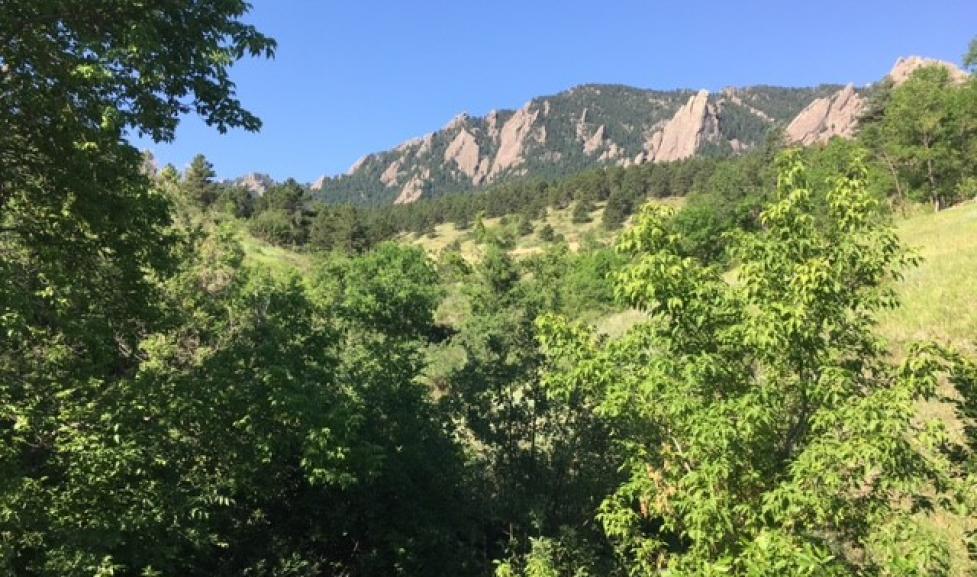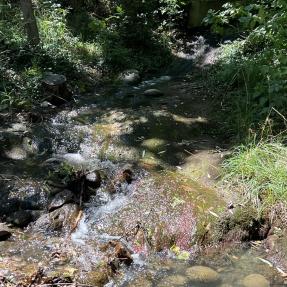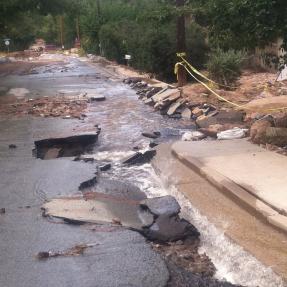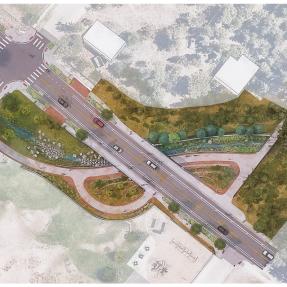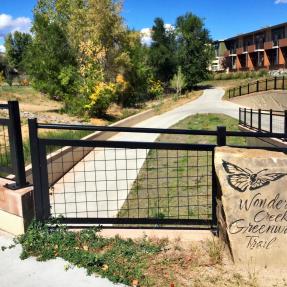Floodplain Mapping Update
The City of Boulder has updated the floodplain mapping for Skunk Creek, Bluebell Canyon Creek, and King’s Gulch, and FEMA approved the mapping with an effective date of May 31, 2018.
Currently, these drainageways are going through a flood mitigation study and alternatives analysis.
Project Background
Floodplain mapping studies provide the basis for flood management by identifying the areas subject to flooding. This information is needed for deciding where human safety is threatened and property damage is likely.
Floodplain maps must be updated from time to time to reflect changes in the floodplain due to land development, flood mitigation improvements, new study technologies and the impacts of major floods.
The Skunk Creek floodplain mapping update project began in 2007 to incorporate the pedestrian underpass and culvert for Skunk Creek at 27th Way into the effective Flood Insurance Rate Map (FIRM). Since then, the project was expanded to include the entire regulatory lengths of Skunk Creek and the Skunk Creek tributaries of Bluebell Canyon Creek and Kings Gulch.
In late 2013, the city contracted with ICON Engineering to complete minor changes to the floodplain mapping based on observations from the September 2013 flooding event. Following these changes, the proposed mapping update was presented to the Water Resources Advisory Board (WRAB) who recommended that the project undergo an additional peer review of the proposed mapping update.
In January 2015 the peer review recommended that the spill flows north across Baseline Road from Bluebell Canyon Creek, and spill flows northeast across US Highway 36 from Skunk Creek be explored further and documented with the floodplain mapping update. Additional review and analysis resulted in questions about the hydrology of the watershed, so a new hydrologic evaluation was initiated in 2015.
The updated mapping was approved by City Council on April 4, 2017 and by FEMA the following year (FEMA Case No.17-08-0797P), becoming effective May 31, 2018.
Flood Mitigation Studies
The City of Boulder is completing a study to identify opportunities for flood mitigation improvements for Skunk Creek, Bluebell Canyon Creek and King's Gulch. Once completed, the flood mitigation plan will be a long-range planning tool to guide future flood mitigation projects in the area.
Field assessments were completed in November 2019, and a summary of the assessments will be included in the final mitigation report.
Public meetings will be scheduled and promoted on this page once a draft report has been prepared.
Several mitigation alternatives were developed and are being evaluated using the following criteria:
- Life safety (includes protecting vulnerable populations and providing emergency response capability);
- Property damage mitigation;
- Water quality enhancement;
- Habitat protection and restoration;
- Operation/maintenance costs;
- Protection of cultural resources;
- Recreation opportunities;
- Alternative transportation routes;
- City construction costs (including benefit to cost ratio);
- Public opinion/community acceptance;
- Resiliency/adaptability to climate change and uncertainty; and
- Ability to implement quickly.
